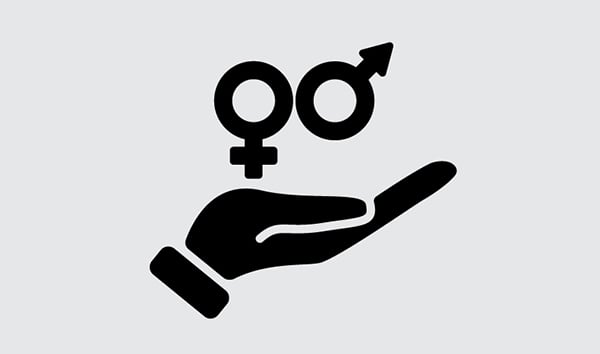Content to assist occupational health and safety practitioners, HR professionals, policy makers, students, researchers and more

The Canadian Centre for Occupational Health and Safety (CCOHS) has launched the Gender, Work and Health web portal to help bridge the gap between gender, sex and health, and their impact on the workplace.
In order to create safe and healthy workplaces, people must understand how both the physical and socio-cultural differences between women, men and gender-diverse people influence work and health, and how to apply this knowledge to improve occupational health and safety activities.
“The world of work is constantly changing with new and emerging issues and the way in which work is performed. Our challenge at CCOHS is to understand how these new developments impact the health, safety and well-being of workers, and then provide information and tools to help workplaces and adapt,” said president and chief executive officer of CCOHS, Gareth Jones, in a statement. “But it is only through partnerships and collaboration that we are most effective in advancing workplace health and safety. Together with our partner, the Institute of Gender and Health, we are able to share ground breaking research and resources through the Gender, Work and Health web portal.”
The Gender, Work and Health web portal is intended to provide users with links to credible information, tools, research, and resources on topics related to sex, gender, work, and health. These topics include sex and gender differences in workplace injury and illness, gaps in knowledge and improving risk prevention. CCOHS created the web portal as a result of its knowledge translation partnership with the Institute of Gender and Health’s Gender, Work and Health Chair Program.
Physical differences and psychosocial factors influence injury and illness rates for men and women working identical jobs; women and men are often offered different rehabilitation measures for similar health problems; and female shift workers with dependent children are more likely to get injured. These are just some reasons why it's important to bridge this gap.
The web portal may be of interest to occupational health and safety practitioners, professionals, researchers, human resources professionals, policy makers, students and anyone with an interest in the health and well-being of workers.
"Sex and gender play a huge role in occupational health and safety. For example, gender roles and relations influence the division of labour both in the workplace and outside working hours. Biological differences between males and females—in terms of height, weight or muscle, for instance—can influence an individual’s risk of certain injuries and their severity,” said scientific director of the Institute of Gender and Health, Cara Tannenbaum, MD, in a statement. “This portal will help those working in occupational health and safety to better understand how sex and gender influence work and health; hopefully leading to more effective policies and procedures to safeguard the workplace health and wellness of all people.”





